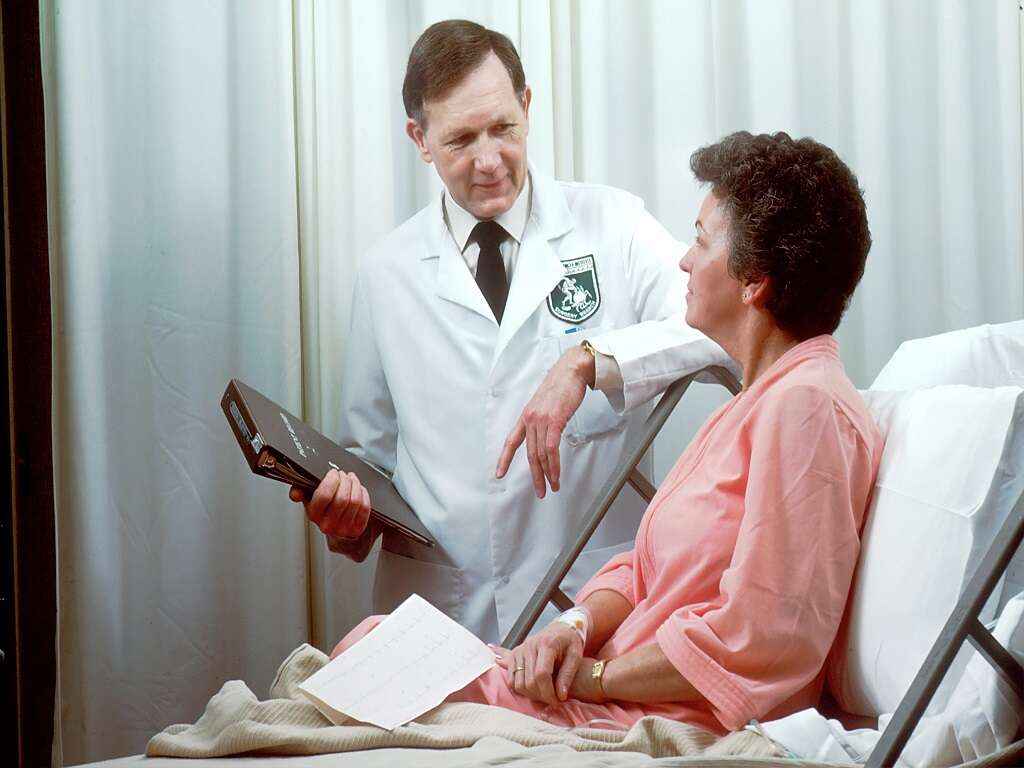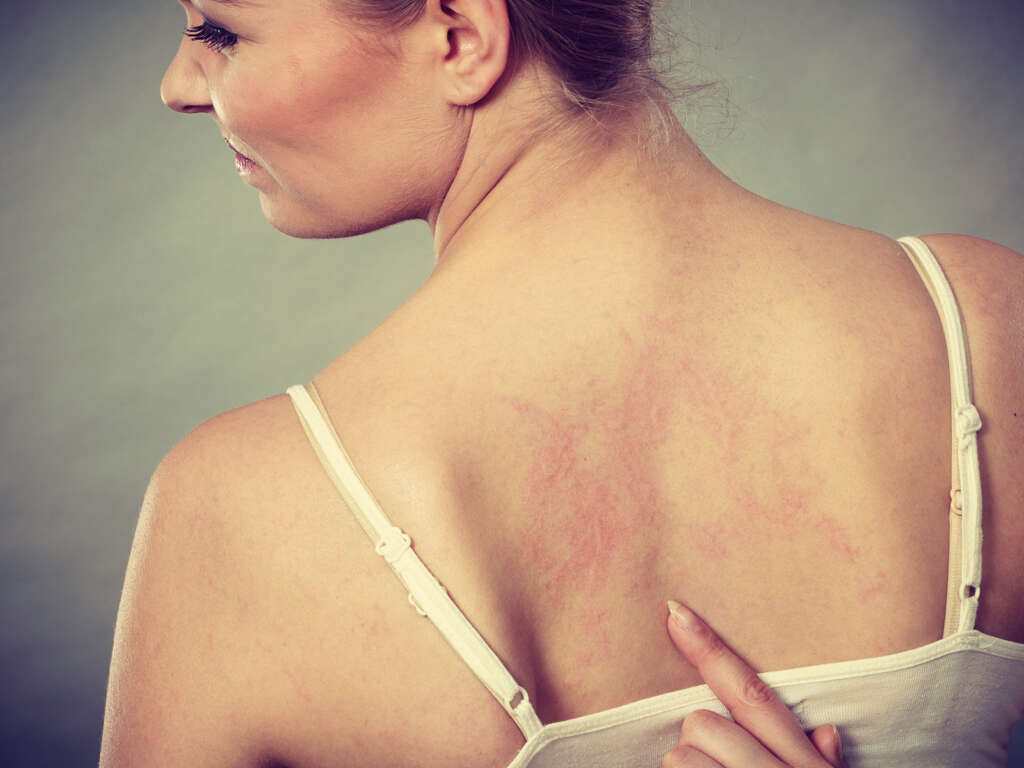10 Pityriasis Rosea Facts
Pityriasis rosea is a type of skin rash that was first described in 1860. The name translates as “fine pink scale.” It is a condition commonly seen among young adults and children.
Other skin eruptions that are similar include psoriasis, pityriasis rubra pilaris, and lichen planus. This condition usually occurs abruptly. However, it is usually self-limiting where patients present with a rash of 6 to 8 weeks.
It is a very common condition among the general population. In the United States, most cases are seen during spring and winter with estimates of about 0.13 percent in females and 0.14 percent in males. Globally, this condition accounts for approximately 2 percent of dermatologic outpatient visits. In countries like India, Australia, and Malaysia, pityriasis rosea is more likely seen during the hot and dry seasons.
Fact #1: Produces a Viral Exanthem
An exanthem is a term that describes the widespread rash that breaks out most commonly among children. Historically, there are six classical exanthems where four are of viral origin. Examples of conditions causing a viral exanthem are measles (measles virus), rubella (rubella virus), erythema infectiosum (parvovirus B19), and roseola infantum (Human Herpesvirus 6 and 7).
Besides the four viruses that causes a viral exanthem, there are many other viruses that can also cause an exanthem. Examples include mumps, rhinovirus, varicella zoster virus, tick-borne diseases, and some types of viral hemorrhagic fever. While the exact cause of pityriasis rosea is unknown, the consideration of it having a viral origin is supported by the clinical course, seasonal occurrence, occasional prodromal symptoms, low rate of recurrence, and possibility of epidemic occurrence.
Fact #2: Linked to Upper Respiratory Tract Infections
Upper respiratory tract infections (URTIs) are illnesses that involves the upper respiratory tract such as the pharynx, larynx, nose, and sinuses. Patients with a URTI may experience a sore throat, nasal obstruction, sinusitis, pharyngitis, tonsillitis, otitis media, and more.
While most causes of URTIs are due to a viral infection, it can also be caused by a bacterial infection, fungal, or helminth infection. Pityriasis rosea has also been linked to URTIs since there is an increased incidence among groups that have reported close physical contact. This includes students, military personnel, and families.
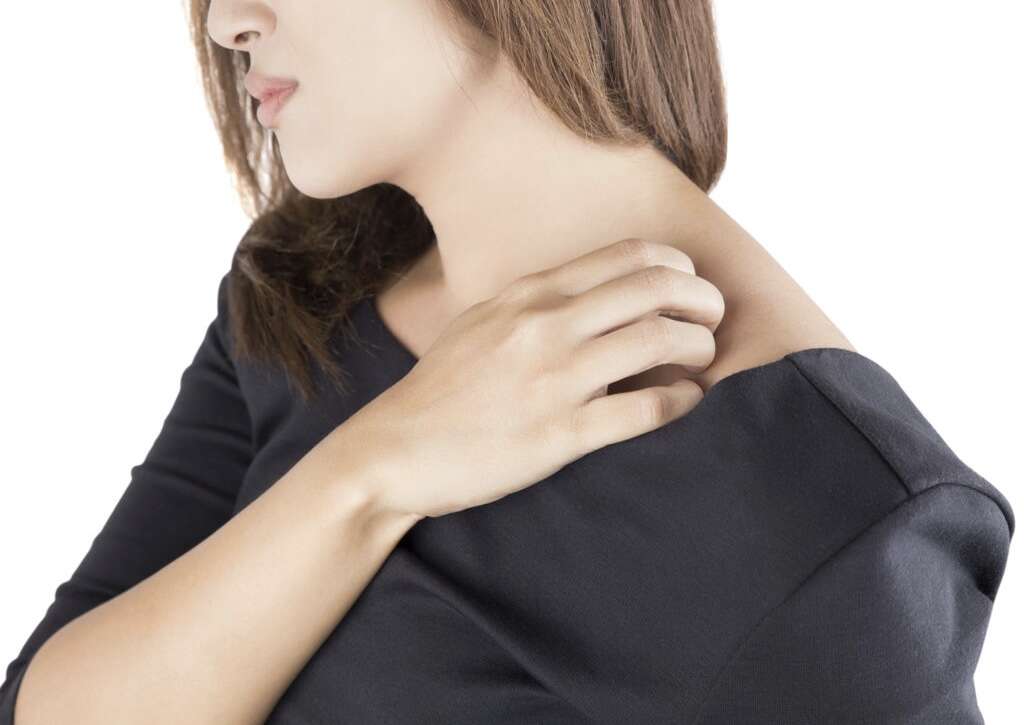
Fact #3: Does Not Appear to Be Highly Contagious
A disease that is contagious means that it can be transmitted to others through physical contact, fomites, airborne, or other routes. When a disease is not contagious, a special mode of transmission is usually required. Examples include vectors (such as mosquitoes), needle sharing, transfusions, and sexual contact.
It is important to note that pityriasis rosea is not a highly contagious disease. Although the potential triggers of the condition may be easily transmissible (like URTIs), the exanthem does not appear to be highly contagious.
Fact #4: May Start with a Primary Plaque
Pityriasis rosea usually begins with a “herald patch” or primary plaque. This is a single red and slightly scaly region that is about 2 to 10 centimeters and most commonly seen on the abdomen. It may also be in an area that is unnoticeable such as the armpit. It can also appear as a cluster of small oval spots, which can easily be mistaken as acne.
The rash will subsequently spread 1 to 2 weeks after the herald patch appears. The herald patch is usually seen on the skin in 50 to 90 percent of cases.
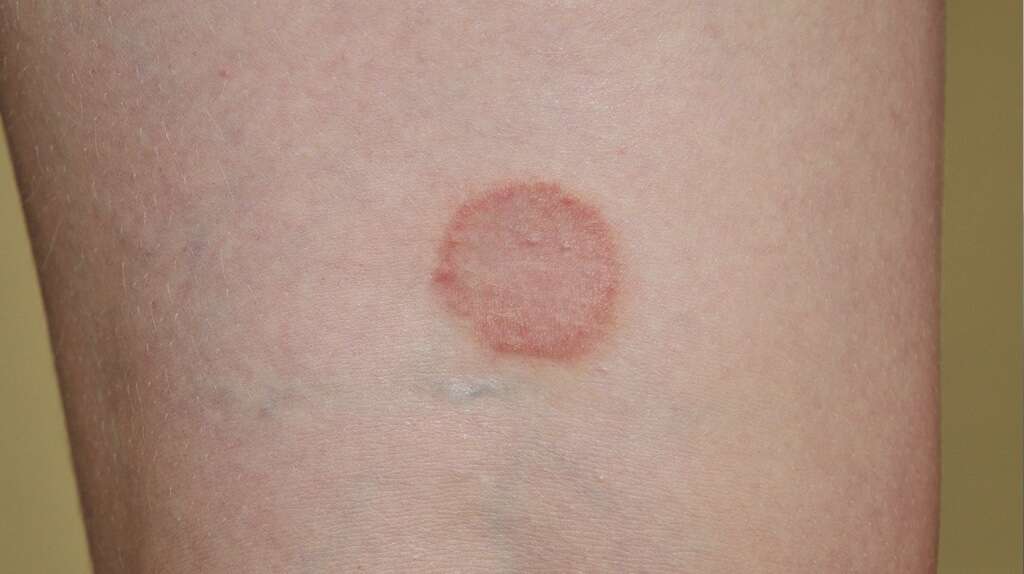
Fact #5: Thought to Be Due to Possible Infectious Agents
Since the cause of pityriasis rosea is still unknown, several theories have been proposed. One of the theories regards the possible infectious agents that precipitate the condition. Viruses that have been studied include picornavirus, parvovirus B19, Epstein-Barr virus, human herpesvirus 8, 1, and 2, and cytomegalovirus. However, the serology and polymerase chain reaction for these viruses have been found to be negative in patients with pityriasis rosea.
Another proposed possible pathogen is the influenza virus H1N1. There are also some investigators who suggested that a fungal infection is a possible causative factor. So far, searching for an infectious explanation for pityriasis rosea has been unsuccessful.
Fact #6: May Be Drug-Induced
There are many drugs that have been associated with pityriasis rosea-like eruptions. These include barbiturates, acetylsalicylic acid, bismuth, clonidine, captopril, imatinib, isotretinoin, clozapine, rituximab, and nortriptyline. Pityriasis-like eruptions have also been associated with vaccines such as human papilloma virus vaccine, diphtheria vaccine, and bacilli Calmette-Guerin vaccine.
Pityriasis rosea-like eruptions can be difficult to differentiate from nondrug-induced cases. One good indication is that drug-induced pityriasis usually lasts longer than nondrug-induced pityriasis rosea. Lesions are also thought to be increased among individuals who have high stress levels.

Fact #7: Most Common for Ages 10 to 35 Years
Although pityriasis rosea has been observed in individuals of all ages, it is most common among individuals between the ages of 10 to 35 years old. According to existing literature, the youngest patient reported with pityriasis rosea was 3 months while the oldest was 85 years old. It is also slightly more commonly seen among females compared to males with a ration of 2:1 or 3:2 in the United States.
Although there is no racial predominance, more intensely pigmented individuals such as those of African heritage tend to have more widespread disease.
Fact #8: Has Excellent Prognosis
Pityriasis rosea is a self-limiting condition. It is generally benign and has an excellent prognosis. Since it is not contagious, affected patients do not need to be isolated and can return to school or work. Pityriasis rosea typically lasts between 6 to 8 weeks but can also last as long as 3 to 6 months.
The main concern in pityriasis rosea is the pigmentary changes (both hyperpigmentation or hypopigmentation), which develops as the lesions heal. Some complications of that may develop include bacterial superinfections and premature delivery, miscarriage, neonatal hyporeactivity, or neonatal hypotonia among pregnant women.
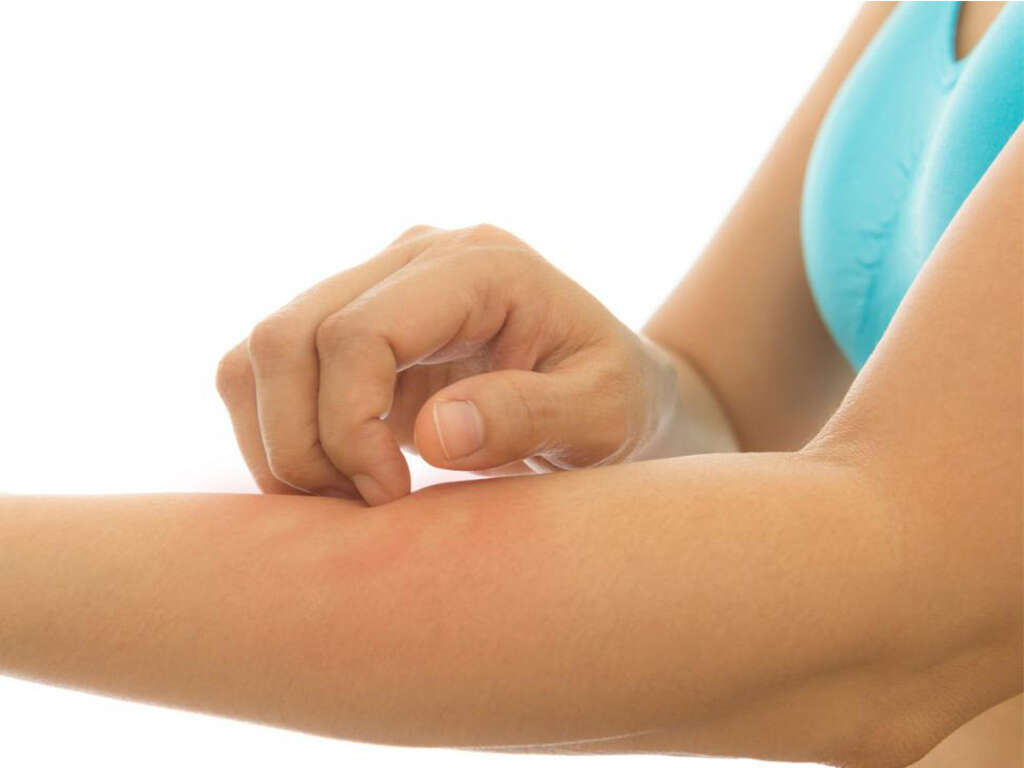
Fact #9: Has Several Phases
There are several phases of the disease. As previously discussed, the first phase of the disease begins with a solitary patch known as the herald patch or primary plaque. This lesion then enlarges to become a patch. After 7 to 14 days, the secondary phase is characterized by a generalized exanthem that appears. In some cases, it may happen hours to months after the appearance of the herald patch. The secondary phase usually resolves over the next 6 weeks.
In 25 to 75 percent of patients, pruritus can vary from mild to moderate in severity. In severe pruritus, secondary eczematous changes can also occur. About 5 percent of patients experience mild prodromal symptoms such as headache, nausea, malaise, chills, fever, and fatigue.
Fact #10: Is a Clinical Diagnosis
Pityriasis rosea is mostly diagnosed clinically. This means that the diagnosis is achieved based on the patient’s history and physical examination. Most tests are unnecessary or helpful. Literature states that changes in the erythrocyte sedimentation rate (ESR), white blood cell (WBC) count, globulin level, total serum protein level, and albumin level are rare and minimal.
When a herald patch is first present, a potassium hydrochloride (KOH) test can be used to rule out tinea corporis. A rapid plasma reagin (RPR) or venereal disease research laboratory (VDRL) test can also be used to rule out secondary syphilis. Another beneficial test is a human immunodeficiency virus (HIV) test to rule out the disorder.





